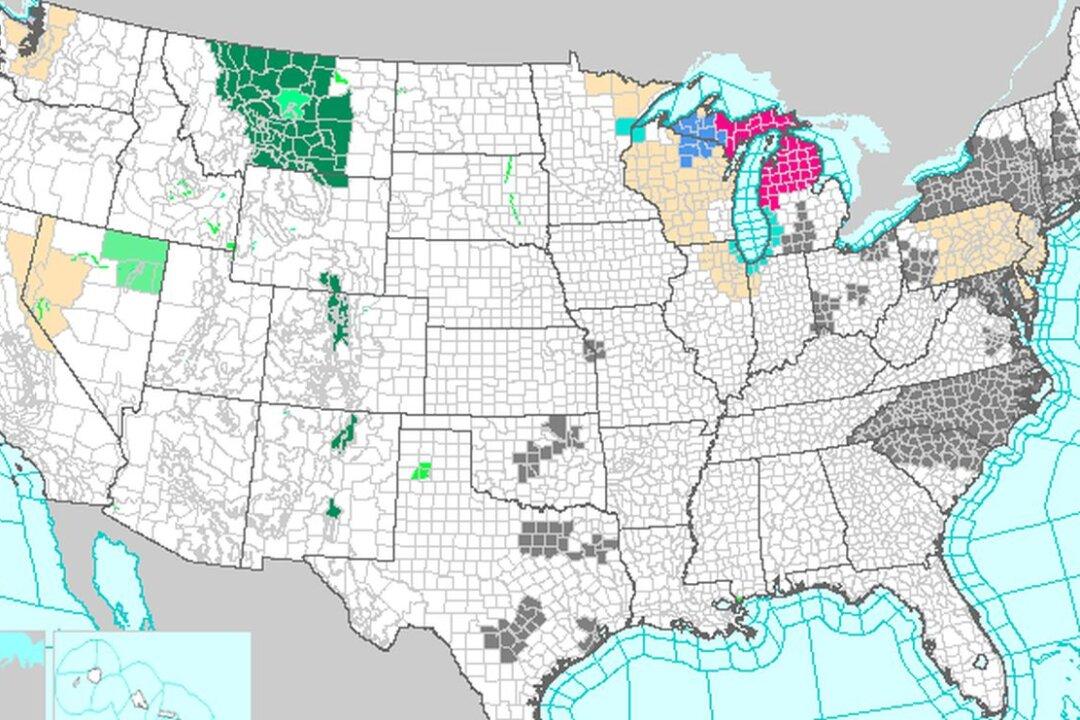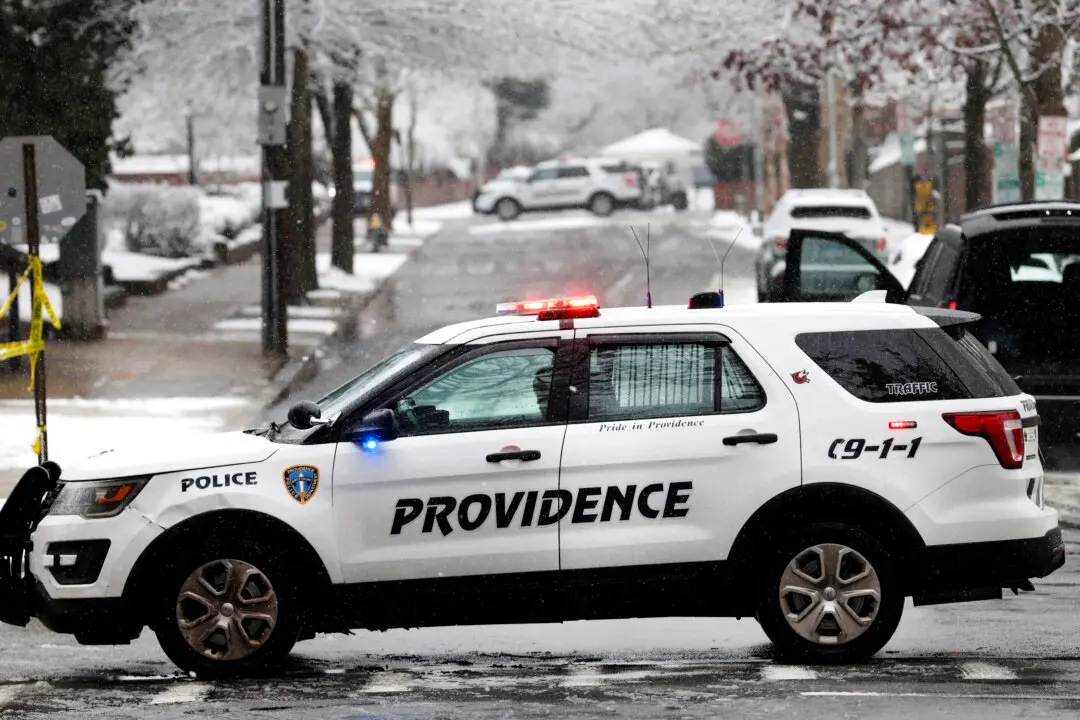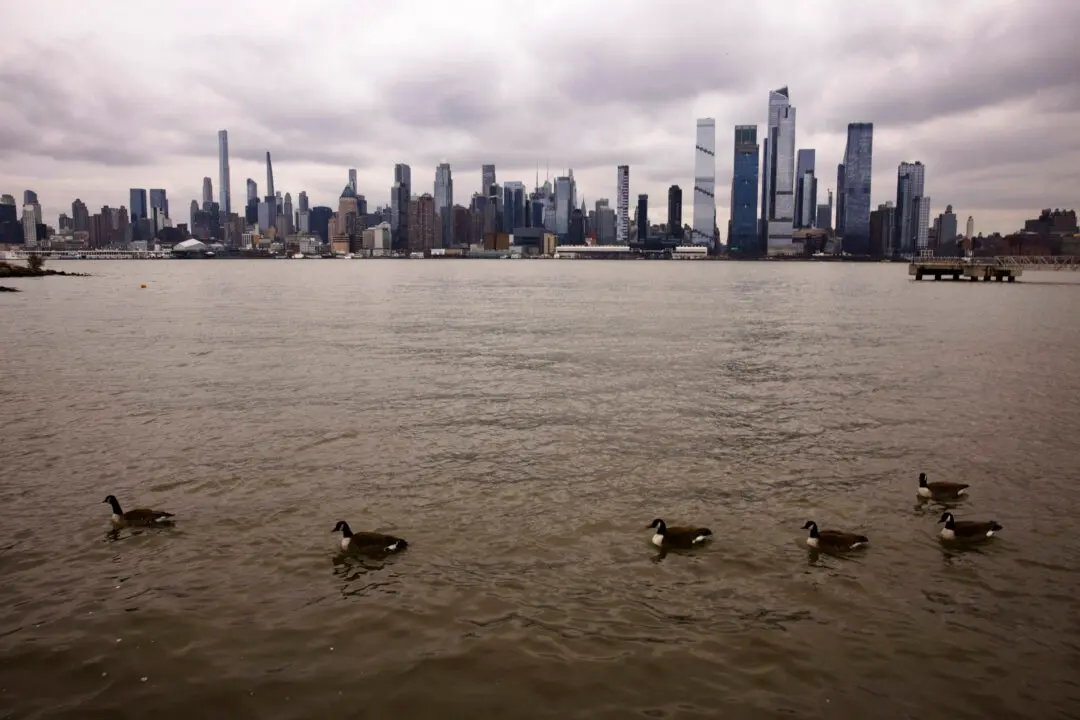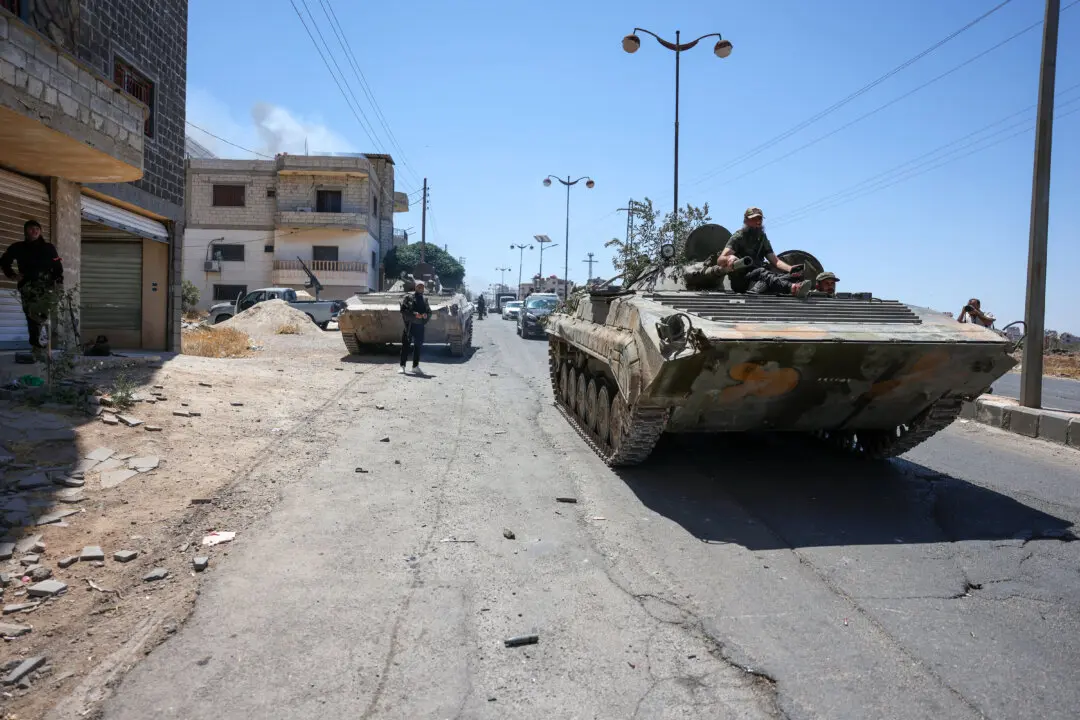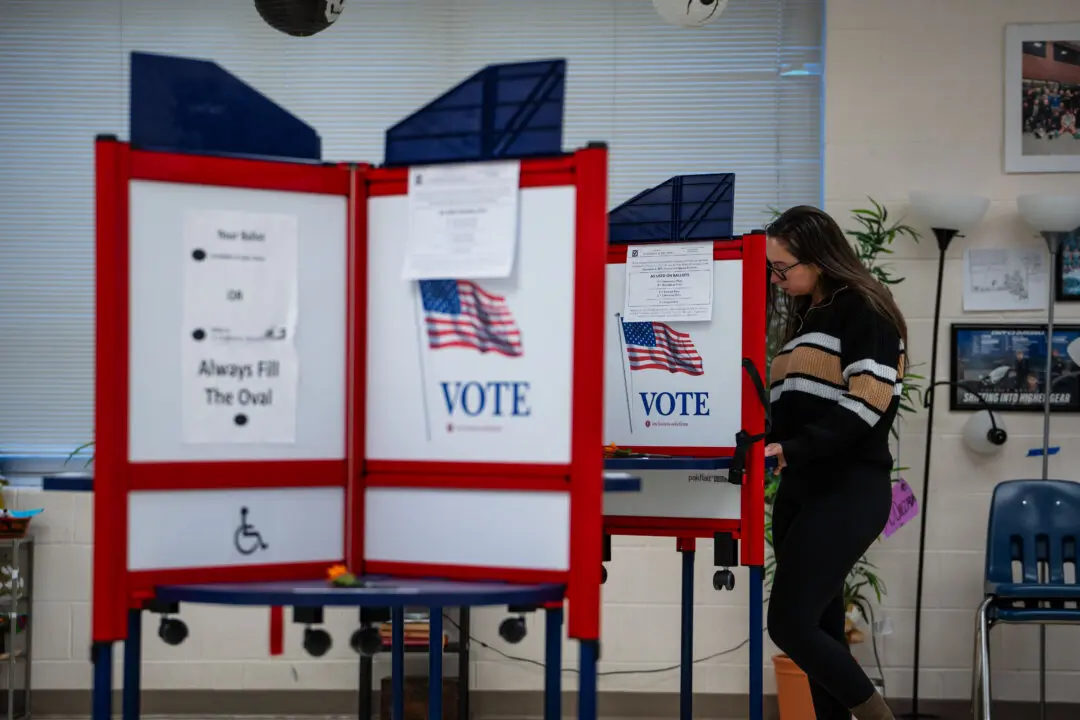Smoke from ongoing Canadian wildfires has prompted air quality alerts for millions of Americans across the northeastern and mid-Atlantic U.S. states.
As of early on June 7, at least 13 states have issued air quality alerts in some areas because of wildfires in the province of Quebec, saying the smoke has filled the skies with an unhealthy haze.
